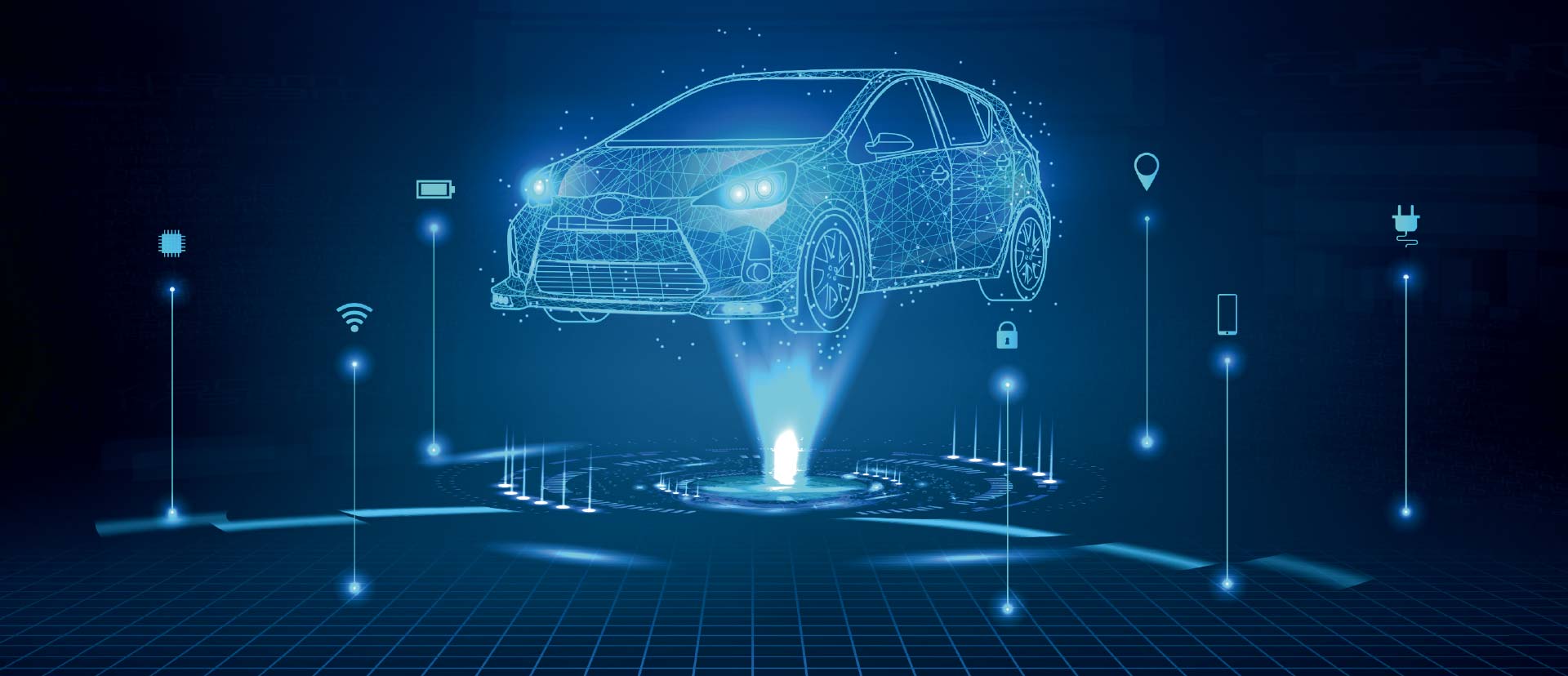The auto sector has been under strict scrutiny by antitrust regulators across the globe including China. In 2020, the State Administration for Market Regulation (“SAMR”) published the Anti-Monopoly Guidelines on the Automobile Sector (the “Auto Guidelines”), which provide guidance and outline SAMR’s enforcement positions on key antitrust issues in the automotive industry. Over the past decade, SAMR and its predecessors have undertaken significant enforcement actions along the entire auto supply chain, from auto parts supply and distribution of cars to aftersales servicing. Leveraging from the existing legislation and the authority’s decisional practice, this article will discuss the main characteristics that define the new BEV era and attempt to analyze a series of antitrust issues automakers should take note when trying to gain an edge in the BEV market.
By Wenting Ge & Hazel Yin[1]
I. INTRODUCTION
China has been the top market in the world for battery electric vehicles (“BEVs”), with total BEV sales reaching nearly two million in 2020.[2] It is forecasted that the BEV sales in China will continue to grow rapidly for the foreseeable future. Three in five new cars go on China’s roads may be powered by electricity instead of fossil fuel in 2030 according to UBS, while the China government’s forecast is for a 20 percent penetration rate by 2025.[3] Key drivers of this growth include the extension of BEV state subsidies and the continued pu
...THIS ARTICLE IS NOT AVAILABLE FOR IP ADDRESS 216.73.216.89
Please verify email or join us
to access premium content!

